Filter by

Extraordinary Partnerships
This inspirative and hopeful collection demonstrates that the arts and humanities are entering a renaissance that stands to change the direction of our communities. Community leaders, artists, educators, scholars, and professionals from many fields show how they are creating responsible transformations through partnership in the arts and humanities. The diverse perspectives that come together i…
- Edition
- -
- ISBN/ISSN
- 9781643150109
- Collation
- -
- Series Title
- -
- Call Number
- -

Elemental Disappearances
The things sought after here are apparitional: they appear and disappear at will; they perfect the art of materialization and vanishing. Such is the nature of living dangerously, and with it the short duration of enchantment. This collection tracks provocative ideas, artifacts, and phenomena rising and fading across different territories of the contemporary world. Through a constellation of pow…
- Edition
- -
- ISBN/ISSN
- 9780998237558
- Collation
- -
- Series Title
- -
- Call Number
- 700 LUK e

Air Supplied
Air Supplied doubles as an artbook and edited collection of critical essays on the work of Australian-based artist David Cross. Known for his practice with inflatable structures, his projects often draw audiences into unexpected situations and dialogues. Working across performance/participatory art and object-based environments, Cross has developed a unique body of work that focuses on relation…
- Edition
- -
- ISBN/ISSN
- 9781947447585
- Collation
- -
- Series Title
- -
- Call Number
- 808.84 CRO a
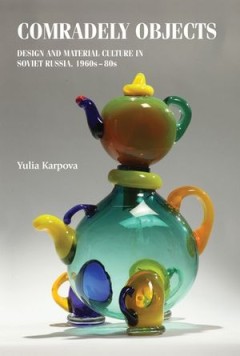
Comradely objects: Design and material culture in Soviet Russia, 1960s–80s
The Russian avant-garde of the 1920s is broadly recognised to have been Russia's first truly original contribution to world culture. In contrast, Soviet design of the post-war period is often dismissed as hack-work and plagiarism that resulted in a shabby world of commodities. This book offers a new perspective on the history of Soviet design by focusing on the notion of the comradely object as…
- Edition
- -
- ISBN/ISSN
- 9781526139863
- Collation
- -
- Series Title
- -
- Call Number
- 904 KAR c

2 Implications of text categorisation for corpusbased legal translation research
This chapter highlights the relevance of text categorisation for research in legal translation by focusing on institutional translation settings, namely: the European Union (EU), the United Nations (UN) and the World Trade Organization (WTO), and their corresponding adjudicative bodies.1 After briefly reviewing recurrent issues and models of legal text classification (section 2), a multidimensi…
- Edition
- -
- ISBN/ISSN
- 9781138492103
- Collation
- -
- Series Title
- -
- Call Number
- -
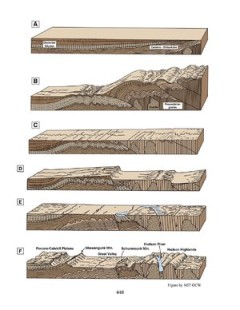
The Environment of the Earth's Surface
A great variety of processes affect the surface of the Earth. Topics to be covered are production and movement of surficial materials; soils and soil erosion; precipitation; streams and lakes; groundwater flow; glaciers and their deposits. The course combines aspects of geology, climatology, hydrology and soil science to present a coherent introduction to the surface of the Earth, with emphasis…
- Edition
- -
- ISBN/ISSN
- -
- Collation
- -
- Series Title
- -
- Call Number
- -
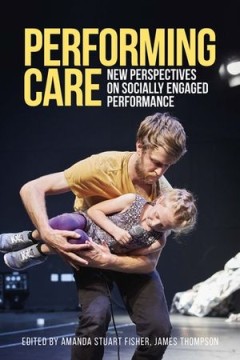
Performing care: New perspectives on socially engaged performance
This edited collection brings together essays presenting an interdisciplinary dialogue between theatre and performance and the fields of care ethics, care studies, health and social care. The book advances our understanding of performance as a mode of care, challenging existing debates in this area by re-thinking the caring encounter as a performed, embodied experience and interrogating the bou…
- Edition
- -
- ISBN/ISSN
- 9781526146816
- Collation
- -
- Series Title
- -
- Call Number
- 808.84 PER p
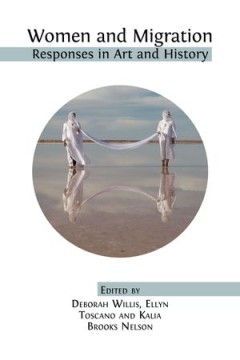
Women and Migration
The essays in this book chart how women’s profound and turbulent experiences of migration have been articulated in writing, photography, art and film. As a whole, the volume gives an impression of a wide range of migratory events from women’s perspectives, covering the Caribbean Diaspora, refugees and slavery through the various lenses of politics and war, love and family. The contributors,…
- Edition
- -
- ISBN/ISSN
- 9781783745678
- Collation
- -
- Series Title
- -
- Call Number
- 808.84 WOM w
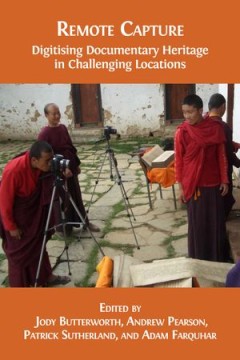
Remote Capture
This is a must-read how-to guide if you are planning to embark on a scholarly digitisation project. Tailored to the specifications of the British Library’s EAP (Endangered Archives Programme) projects, it is full of sound, practical advice about planning and carrying out a successful digitisation project in potentially challenging conditions. From establishing the scope of the project, via pr…
- Edition
- -
- ISBN/ISSN
- 9781783744756
- Collation
- -
- Series Title
- -
- Call Number
- 778 REM r
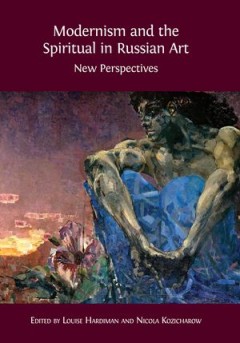
Modernism and the Spiritual in Russian Art
"In 1911 Vasily Kandinsky published the first edition of ‘On the Spiritual in Art’, a landmark modernist treatise in which he sought to reframe the meaning of art and the true role of the artist. For many artists of late Imperial Russia – a culture deeply influenced by the regime’s adoption of Byzantine Orthodoxy centuries before – questions of religion and spirituality were of paramo…
- Edition
- -
- ISBN/ISSN
- 9781783743407
- Collation
- -
- Series Title
- -
- Call Number
- 704.948 MOD m
 Computer Science, Information & General Works
Computer Science, Information & General Works  Philosophy & Psychology
Philosophy & Psychology  Religion
Religion  Social Sciences
Social Sciences  Language
Language  Pure Science
Pure Science  Applied Sciences
Applied Sciences  Art & Recreation
Art & Recreation  Literature
Literature  History & Geography
History & Geography